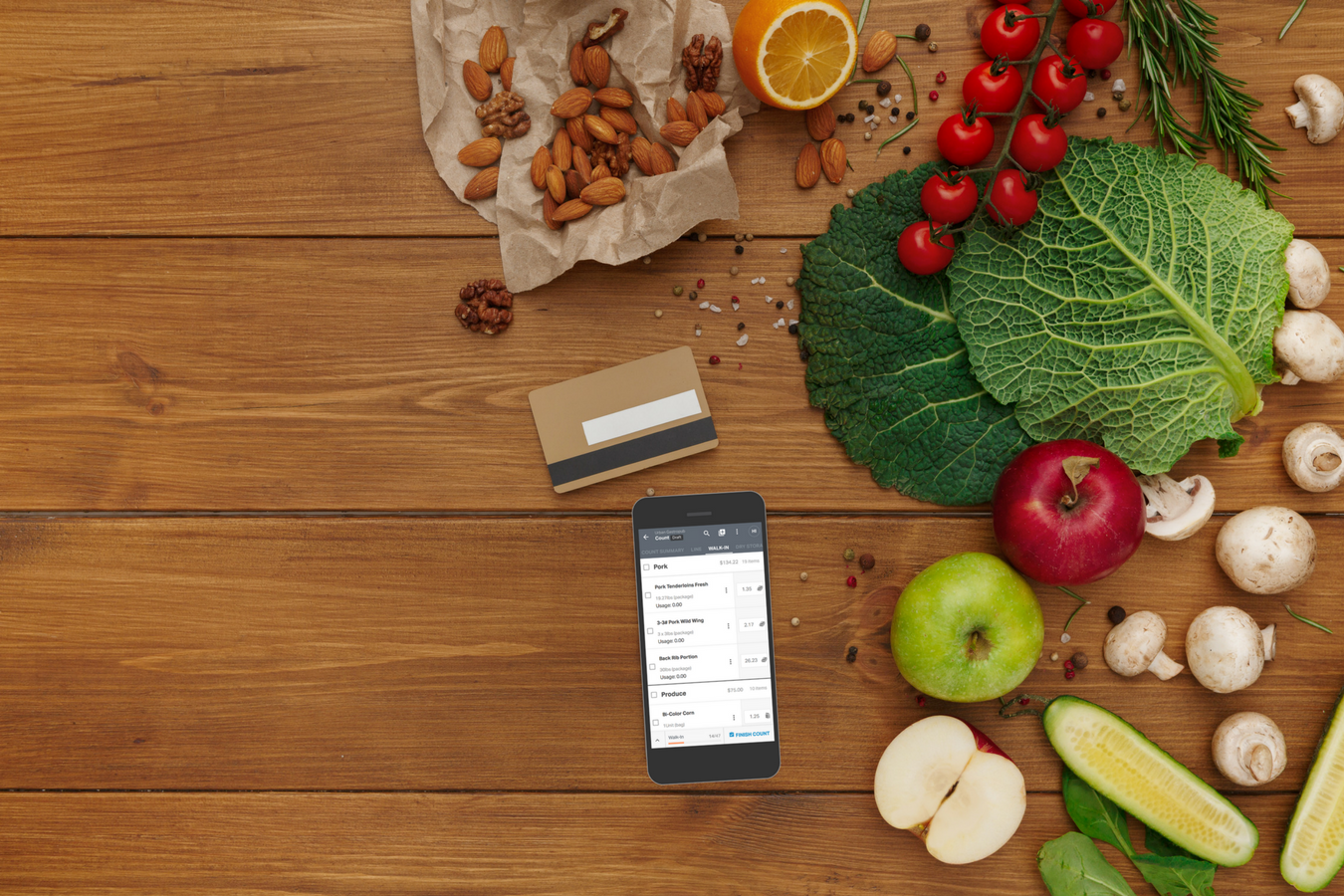


If you’re not careful, food costs can cripple your business. Measuring your costs correctly will give you a true health score for your restaurant. We’ll walk you through a high-level overview of food cost calculations, why they are so important, and how to use them.
In any restaurant, there are many sides of the “food costs” coin to keep in mind:
Each of these components must be taken into account and measured consistently to manage food costs accurately. Even slight discrepancies can snowball over time and impact your restaurant’s profitability more dramatically than you might expect.
The National Restaurant Association recommends that total food costs should equal 33% of menu prices. This can vary by meal. For instance, food costs for breakfast could be 25% or less, lunch might be 30% or less, and dinner may be 35% or less. While each restaurant is different, the most basic formula for calculating ideal food cost is:
Total ingredient cost (recipe) ÷ Menu sale price = Ideal food cost
Another way of phrasing this is:
Net food purchase ÷ Net food sale = Ideal food cost percentage
Of course, it’s a lot more complex than that. You have to break down the quantity of every ingredient into its appropriate portion size (fraction) for each menu item containing it, and then divide the overall cost of the ingredient purchased by its corresponding portion required for each dish.
This is where reality sets in. Over-portioning, waste, and spillage makes measuring ideal food costs difficult. To get even more detail, calculate your actual food cost:
Beginninghttps://bevspot.com/2018/09/26/qa-what-is-the-formula-used-to-calculate-food-cost/ inventory + Purchases – Ending inventory / Total food sales = Actual food cost
In a perfect world, your ideal food cost and actual food cost percentages should be as close as possible.
Take a look at your numbers. What’s the difference between your ideal and actual food costs? If your ideal food cost is 25% and your actual cost is 33%, there’s an issue. Either you’re over-portioning, wasting product, or an ingredient suddenly got more expensive. This is why taking accurate, consistent kitchen inventory is so important. Without these numbers, it’s impossible to know how much you’re actually using—or wasting—each day.
It can’t be overemphasized; consistency is key. If one chef measures out their portions slightly differently from the next, that extra dollop of sauce adds up on busy nights and will skew your numbers. Not only does inconsistency make your budgeting and ordering challenging, but it also affects the quality of your food and your guests’ overall experience.
Getting control of your food costs will give you more time to focus on service, promotion, menu creativity, and upgrades to your business.
or Schedule a free consultation with one of our product specialist!
